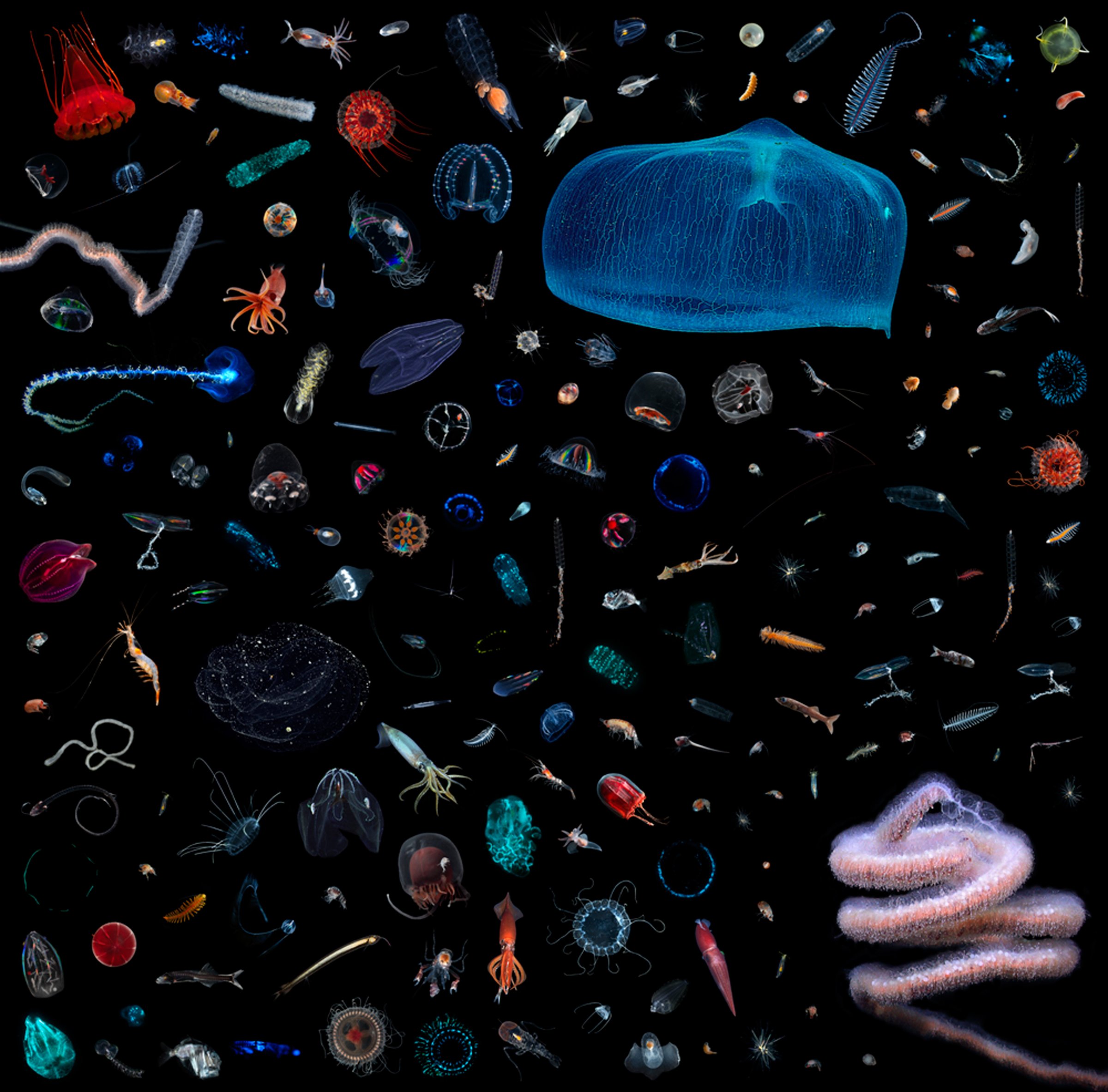
A new exhibit shows the massive amount of wildlife that lives in just one cubic foot of space.
“Life in One Cubic Foot,” which opens Friday at the Smithsonian’s National Museum of Natural History, features a collection of images and videos taken from biocubes, or 1-foot by 1-foot by 1-foot spaces that wildlife can enter and pass through in their natural habitats.
To create the photos, the exhibit’s producers placed biocubes in both exotic and every day locales, including the coral reefs of French Polynesia, an area of ocean off of the coast of California, and in New York’s Central Park.
“Biocubes offer us a standardized lens to bring into focus the mosaic of richness and beauty that is found in nature, highlighting both the known and unknown in spectacular fashion,” Chris Meyer, Smithsonian scientist said in a statement. “In ‘Life in One Cubic Foot,’ we framed the biocube approach against the backdrop of efforts to survey all life on a single island in the Pacific. In doing so, we recognize the challenge and opportunity ahead for documenting the remaining life globally.”
View a gallery of images from the exhibit above.
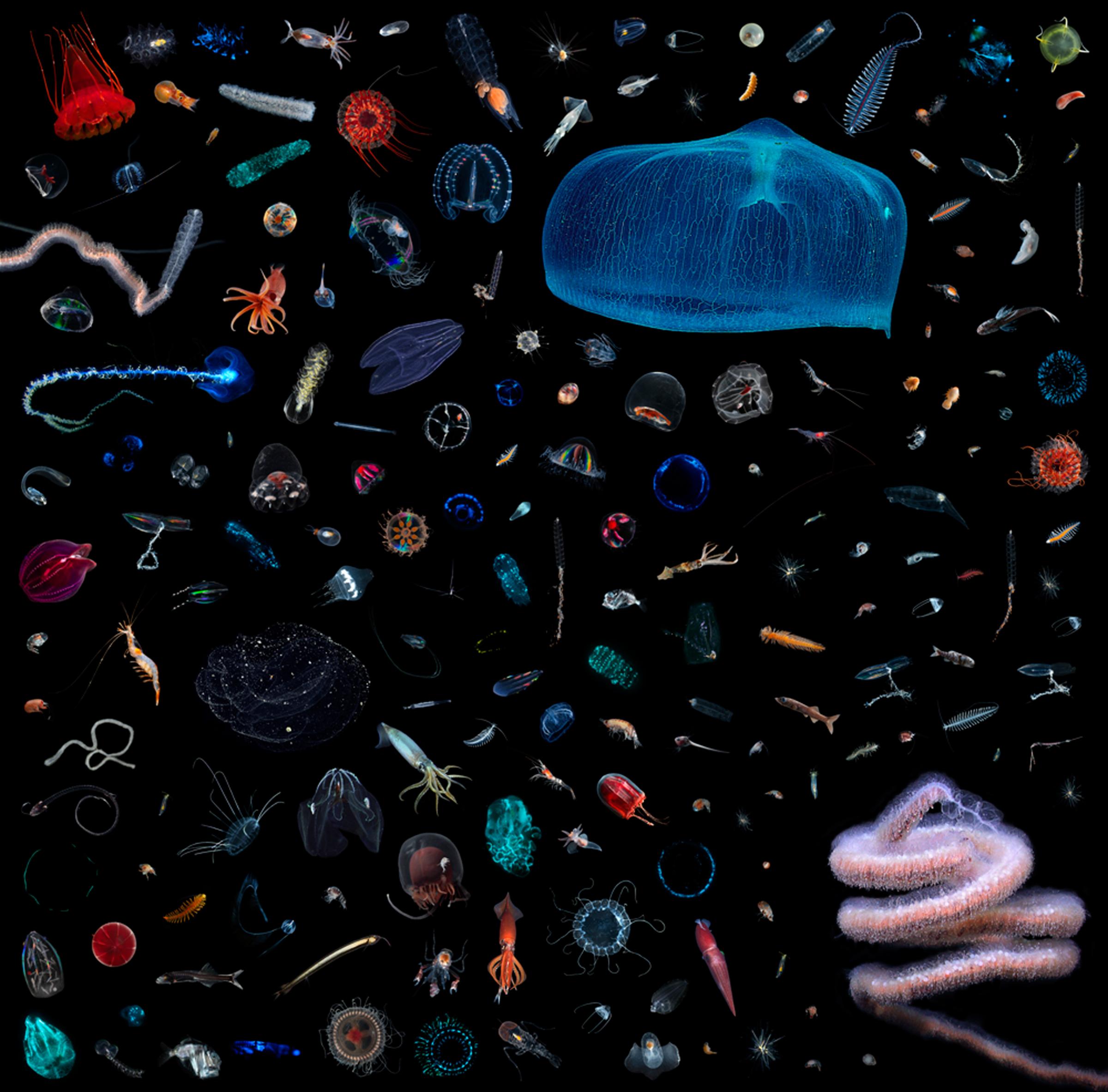
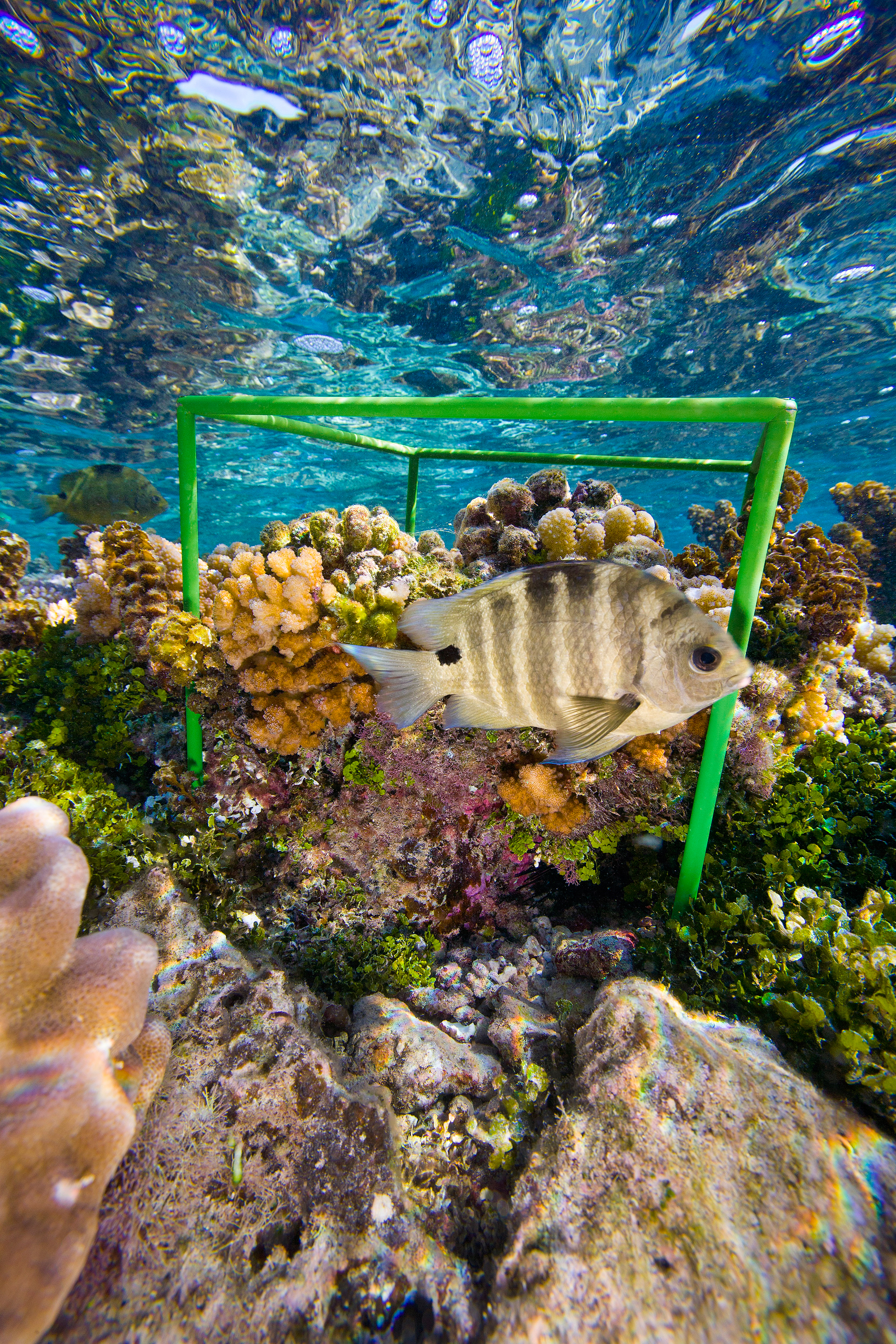
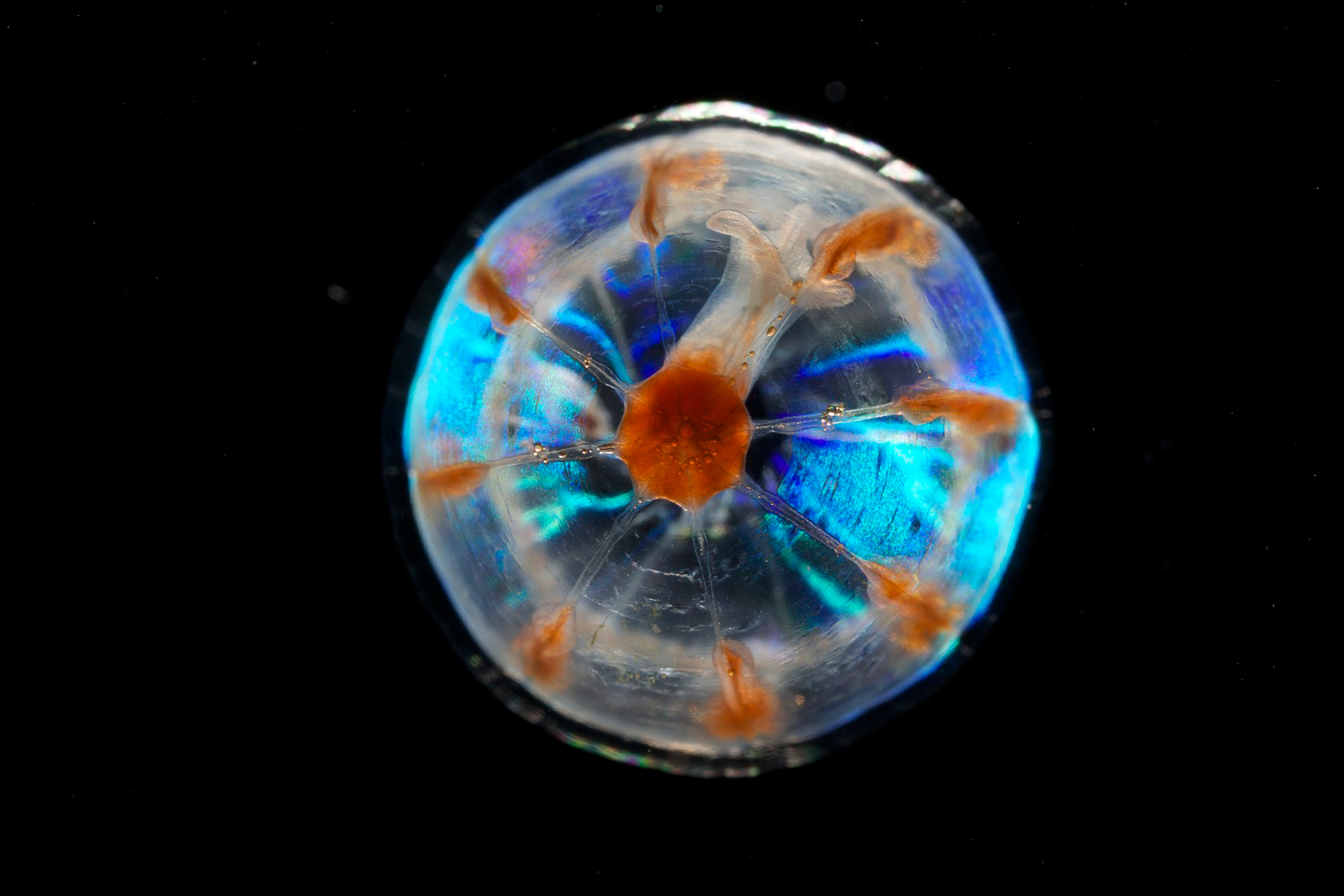
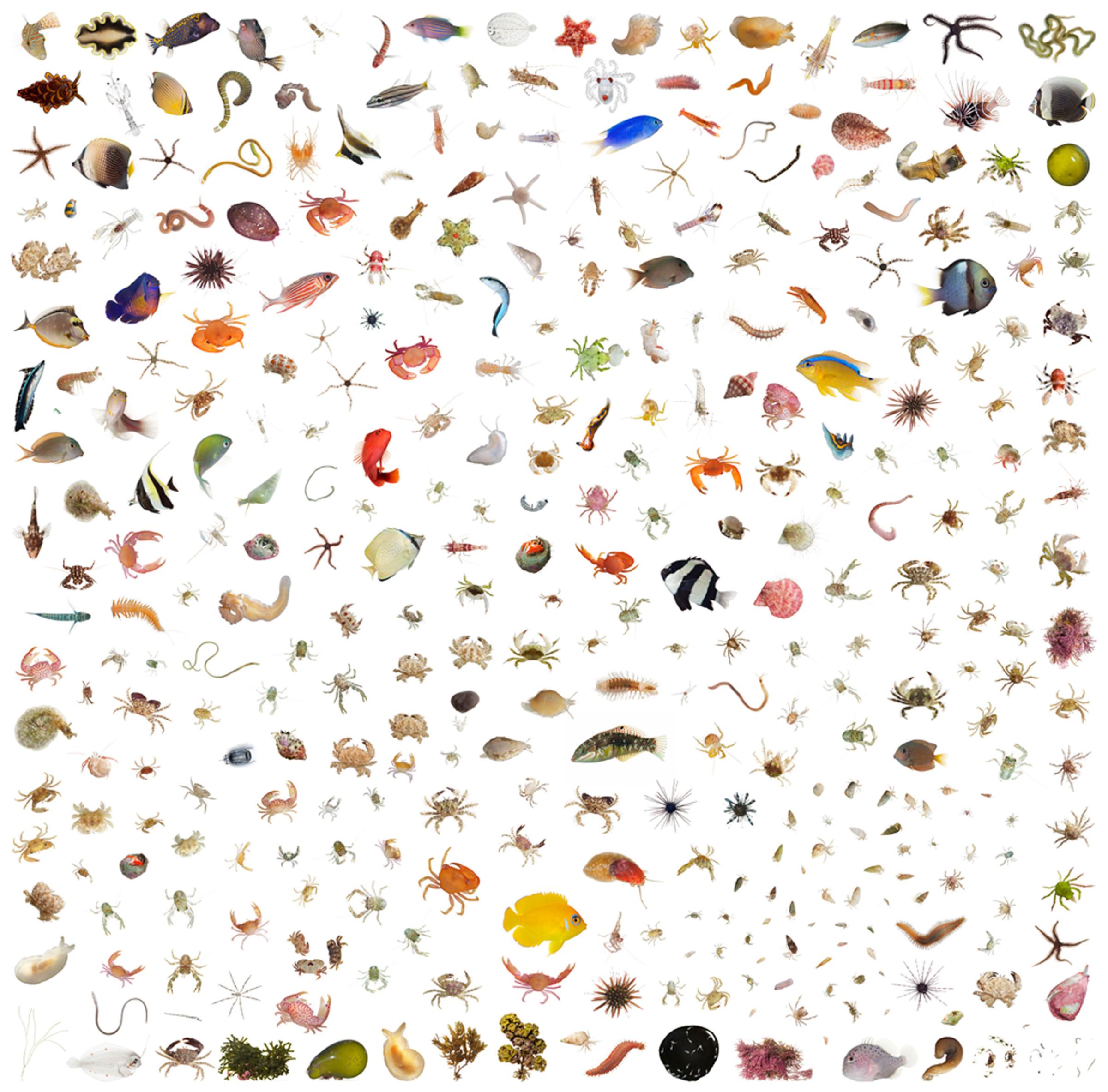
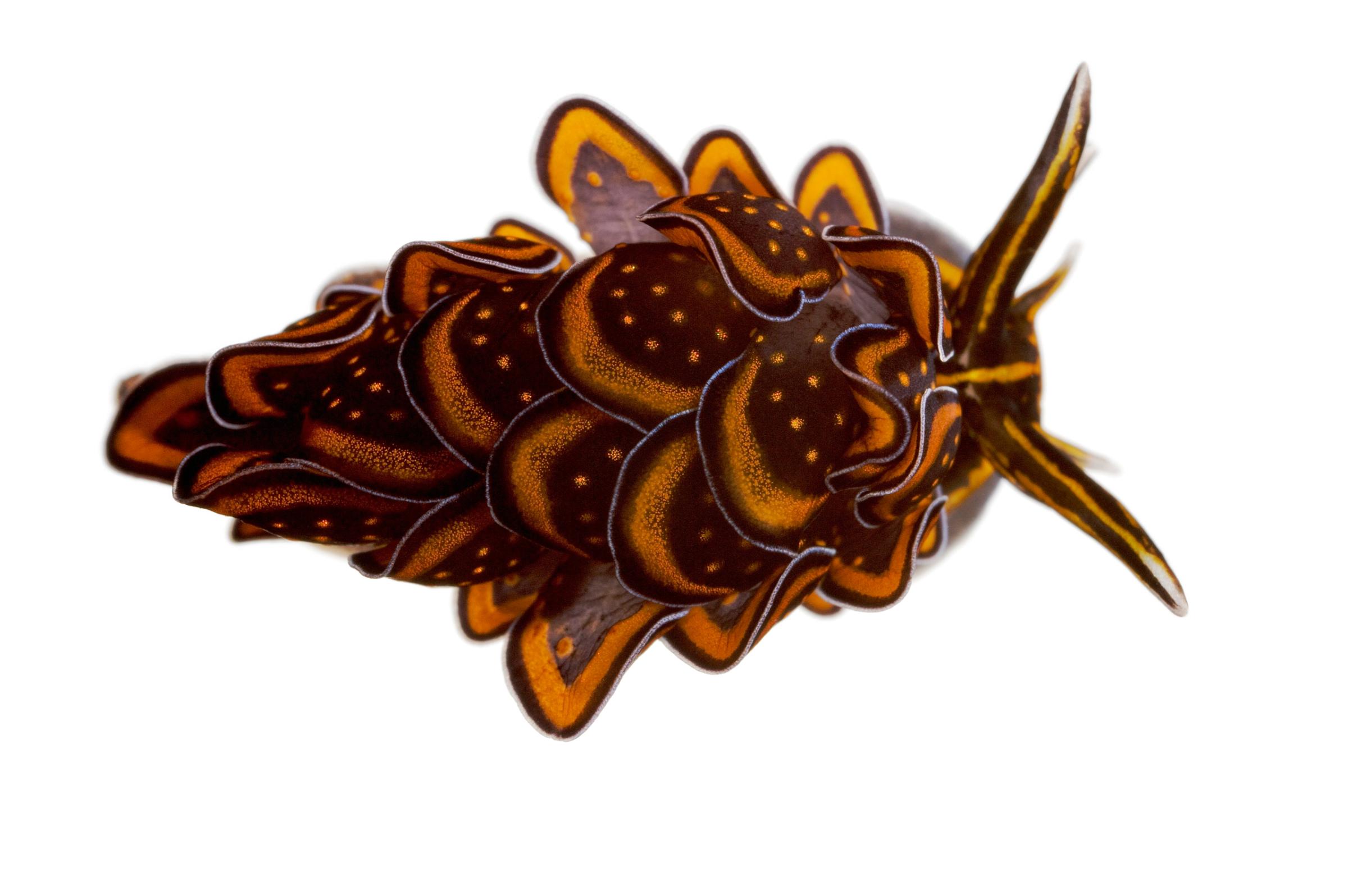
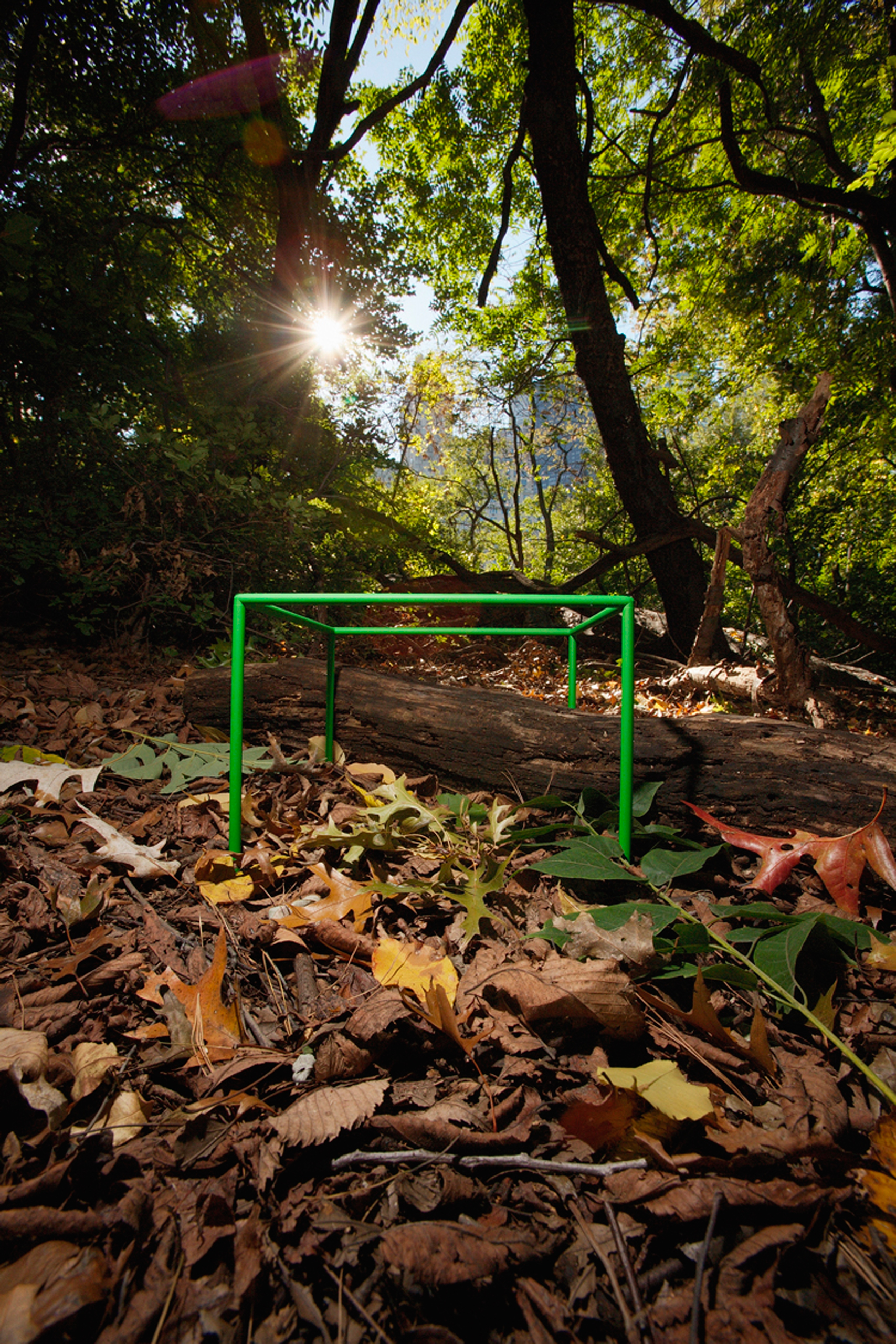
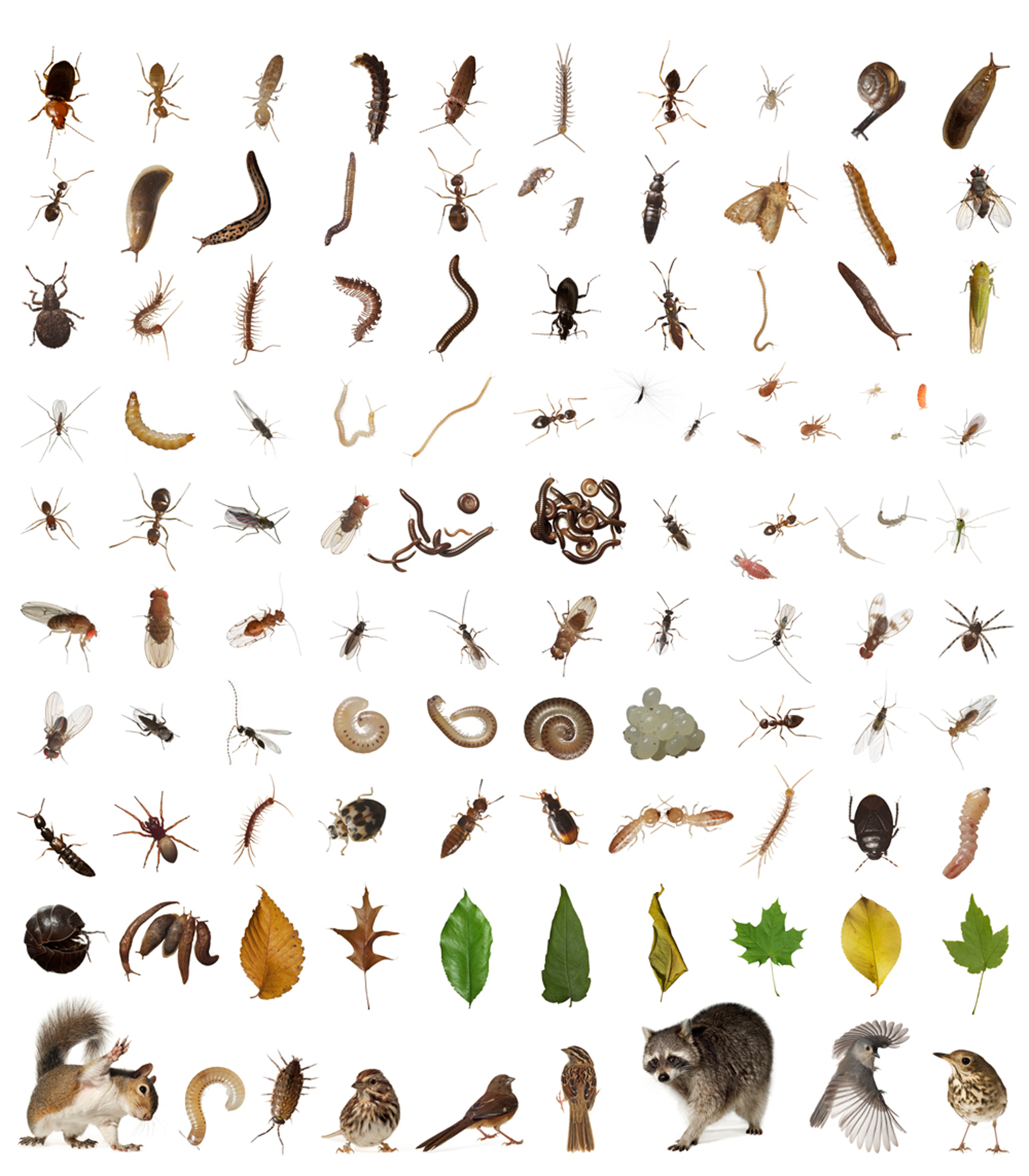
More Must-Reads From TIME
- The 100 Most Influential People of 2024
- Coco Gauff Is Playing for Herself Now
- Scenes From Pro-Palestinian Encampments Across U.S. Universities
- 6 Compliments That Land Every Time
- If You're Dating Right Now , You're Brave: Column
- The AI That Could Heal a Divided Internet
- Fallout Is a Brilliant Model for the Future of Video Game Adaptations
- Want Weekly Recs on What to Watch, Read, and More? Sign Up for Worth Your Time
Contact us at letters@time.com